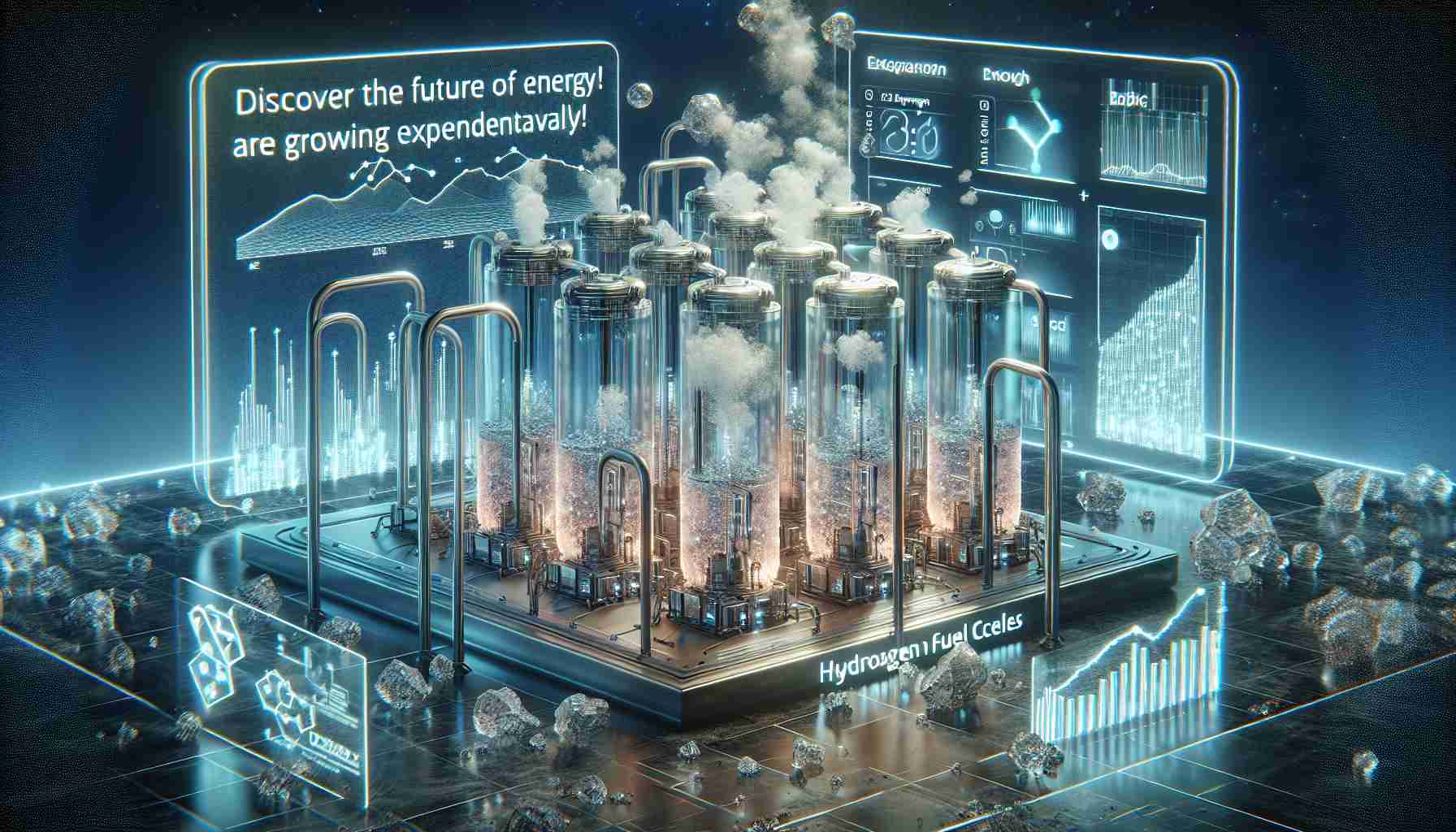
The Hydrogen Fuel Cells Market is Booming
The global market for hydrogen fuel cells is witnessing rapid growth, with estimates suggesting an increase from approximately $38.40 billion in 2023 to around $209.18 billion by 2030. This boom suggests a remarkable compound annual growth rate (CAGR) of 27.56% over the coming years.
Countries across Asia, particularly Vietnam, are expanding their hydrogen initiatives to align with sustainable energy goals. The Vietnamese government is prioritizing carbon reduction and energy security, creating a favorable environment for adopting hydrogen technologies in sectors like transportation and industry.
In Thailand, the commitment to renewable energy through the government’s Alternative Energy Development Plan is driving interest in hydrogen fuel cells, particularly for vehicles. Japan continues to lead globally in hydrogen technology, fueled by investments and government support, fostering initiatives that encourage fuel cell vehicles and necessary infrastructure.
South Korea is also making substantial strides with its Hydrogen Economy Roadmap, setting ambitious targets for fuel cell electric vehicles and hydrogen refueling stations by 2040. Meanwhile, Singapore is rethinking its energy strategy, focusing on hydrogen’s potential to diversify its energy portfolio.
In the United States, both public and private stakeholders are actively pushing advancements in hydrogen technology. The government aims to drastically reduce the cost of clean hydrogen, making it a mainstream energy source in the near future.
These developments reflect a robust potential across the hydrogen fuel cells market, ushering in a new era of clean energy solutions worldwide.
The Future of Hydrogen Fuel Cells: A Rapidly Growing Market with Global Implications
The Hydrogen Fuel Cells Market is Booming
The global hydrogen fuel cells market is undergoing a significant transformation, with projections indicating a leap from approximately $38.40 billion in 2023 to around $209.18 billion by 2030. This growth reflects a remarkable compound annual growth rate (CAGR) of 27.56%, showcasing the rising interest and investment in hydrogen technologies worldwide.
Key Trends Driving Market Growth
1. Government Initiatives: Countries such as Vietnam, Thailand, Japan, South Korea, and Singapore are investing heavily in hydrogen technologies to meet their sustainability goals. These nations are implementing policies aimed at reducing carbon emissions and enhancing energy security.
2. Innovations in Technology: Advancements in hydrogen production methods, particularly green hydrogen, are reducing costs and improving efficiency. Electrolysis and sustainable practices are becoming vital components in hydrogen production, contributing to the economic viability of fuel cells.
3. Investment and Infrastructure Development: Major investments in infrastructure, such as hydrogen refueling stations and production facilities, are being made. For example, Japan’s commitment to establishing a nationwide network of hydrogen stations to support fuel cell vehicles indicates a strategic approach to enhance adoption.
4. Collaboration Among Industries: Public-private partnerships are facilitating the development of hydrogen technologies. Stakeholders in sectors like automotive, energy, and logistics are collaborating to drive the integration of hydrogen fuel cells into existing systems.
Use Cases for Hydrogen Fuel Cells
– Transportation: Hydrogen fuel cells are primarily recognized for their potential in the transportation sector, especially in heavy-duty vehicles, buses, and trains, where battery technology may fall short in range and refueling time.
– Energy Storage: Hydrogen serves as a crucial buffer for renewable energy, allowing excess generation to be stored and utilized when demand is high, contributing to grid stability.
– Industrial Applications: Industries are exploring hydrogen fuel cells for various applications, including powering machinery and processes, particularly in sectors that face challenges reducing emissions, such as chemicals and metallurgy.
Limitations and Challenges
Despite its potential, the hydrogen fuel cell market faces several challenges:
– High Production Costs: While advancements are being made, producing hydrogen in a cost-effective manner remains a hurdle, especially for green hydrogen.
– Infrastructure Readiness: The lack of refueling stations and distribution networks can limit the adoption of hydrogen vehicles.
– Public Perception and Awareness: There is still a significant knowledge gap among consumers regarding the benefits and functioning of hydrogen fuel cells.
Pricing Insights
The pricing landscape for hydrogen fuel cells is dynamic, influenced by raw material costs, technology advancements, and government policies. With initiatives aimed at reducing the cost of clean hydrogen production, the market is expected to witness competitive pricing, making hydrogen solutions more accessible.
Future Predictions
Looking ahead, the hydrogen fuel cell market is poised for an optimistic trajectory, with strategic investments in research and innovation expected to drive further advancements. As governments and industries collaborate to overcome infrastructure and production challenges, hydrogen fuel cells may play a pivotal role in the transition to a sustainable energy future.
For more insights on how hydrogen technologies are reshaping our energy landscape, visit hydrogentechnologies.com.



